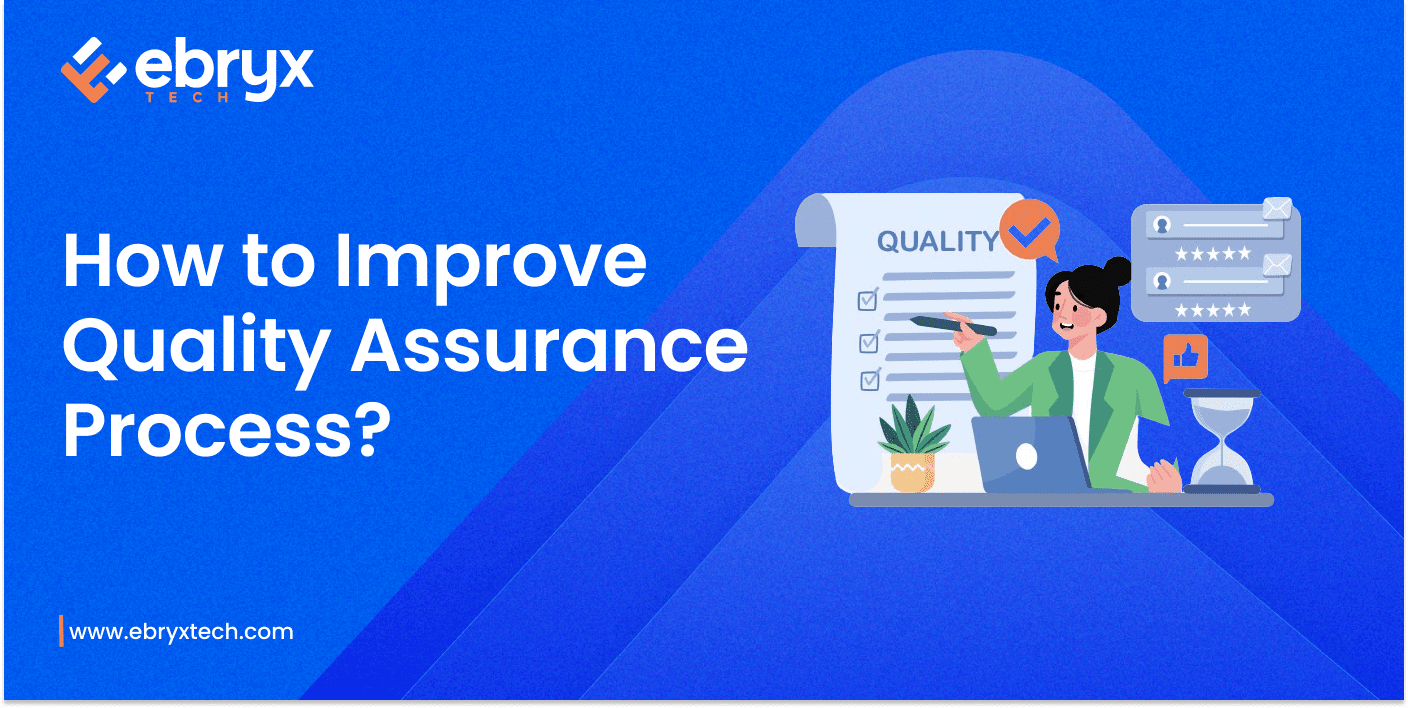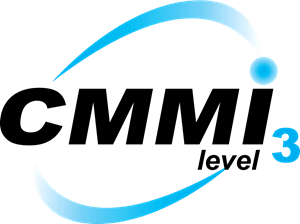Exploring the Waterfall Model in Application Development Life Cycle
In the dynamic realm of application development, choosing the right life-cycle model is crucial for successful project management. One of the traditional yet widely used models is the Waterfall Model, known for its sequential design process. Let’s delve into the intricacies of this model, examining its phases, advantages, criticisms, and real-world applications.
Overview of the Waterfall Model
The Waterfall Model is a linear and sequential approach to software development, where progress flows steadily through a series of defined phases. Each phase must be completed before moving on to the next, resembling a waterfall cascading down. This model provides a structured and easily understandable framework for project development.
Sequential Design Process
What sets the Waterfall Model apart is its strict adherence to a sequential design process. Unlike iterative models, the Waterfall Model follows a predetermined path, making it easier to plan, track progress, and manage resources. The phases include Requirements, Design, Implementation, Testing, Deployment, and Maintenance.
Phases of the Waterfall Model
-
Requirements:
Gathering and documenting project requirements comprehensively.
-
Design:
Creating a detailed design based on gathered requirements.
-
Implementation:
Actual coding and implementation of the designed system.
-
Testing:
Thorough testing to identify and rectify defects.
-
Deployment:
Deploying the system for use by end-users.
-
Maintenance:
Addressing issues, updating, and enhancing the system as needed.
Advantages of the Waterfall Model
-
Clarity and Simplicity:
The linear nature provides a clear roadmap for development.
-
Well-defined Phases:
Each phase has distinct goals, reducing ambiguity.
-
Ease of Management:
Project progress is easy to track and manage.
Limitations and Criticisms
While the Waterfall Model has its merits, it’s not without limitations. Critics argue that its rigidity makes it less adaptable to changes in requirements, potentially leading to late-stage modifications and increased costs.
Comparisons with Agile Models
Contrasting the Waterfall Model with agile methodologies highlights the trade-offs between a structured, sequential approach and more flexible, iterative models. Agile models allow for continuous refinement and adaptation.
Real-world Applications
The Waterfall Model finds its place in projects where requirements are well-understood and unlikely to change during development. Industries such as manufacturing, construction, and certain software projects benefit from its structured approach.
Case Studies
Examining successful projects that employed the Waterfall Model showcases instances where the model contributed to on-time delivery and project success. Notable examples include critical systems with fixed requirements.
Adaptations and Variations
Acknowledging the evolving nature of software development, variations of the Waterfall Model have emerged. These adaptations introduce elements of flexibility while maintaining a sequential structure.
Considerations for Choosing Models
Selecting a development life-cycle model should consider project-specific factors, team expertise, and the nature of the project requirements. While the Waterfall Model suits certain scenarios, other projects may benefit from more agile approaches.
Future Trends
As technology advances, trends in application development life-cycle methodologies shift. Emerging models incorporate aspects of both sequential and iterative approaches, aiming to strike a balance between structure and adaptability.
Conclusion
In conclusion, the Waterfall Model remains a valuable tool in the arsenal of development life-cycle models. Its sequential design process provides clarity and structure, making it suitable for projects with well-defined requirements. However, the model’s rigidity requires careful consideration, and teams must weigh the pros and cons based on project specifics.
FAQs
1) Is the Waterfall Model suitable for all types of projects?
The Waterfall Model is best suited for projects with well-understood and stable requirements.
2) How does the Waterfall Model differ from agile methodologies?
The Waterfall Model follows a sequential path, while agile methodologies allow for iterative and flexible development.
3) Can the Waterfall Model accommodate changes in project requirements?
The model is less adaptable to changes, and modifications are challenging once a phase is completed.
4) Are there industries where the Waterfall Model is commonly used?
Industries such as manufacturing, construction, and certain software projects find the Waterfall Model beneficial.
5) What are the key challenges associated with the Waterfall Model?
The main challenges include inflexibility to changes and the potential for late detection of issues.









